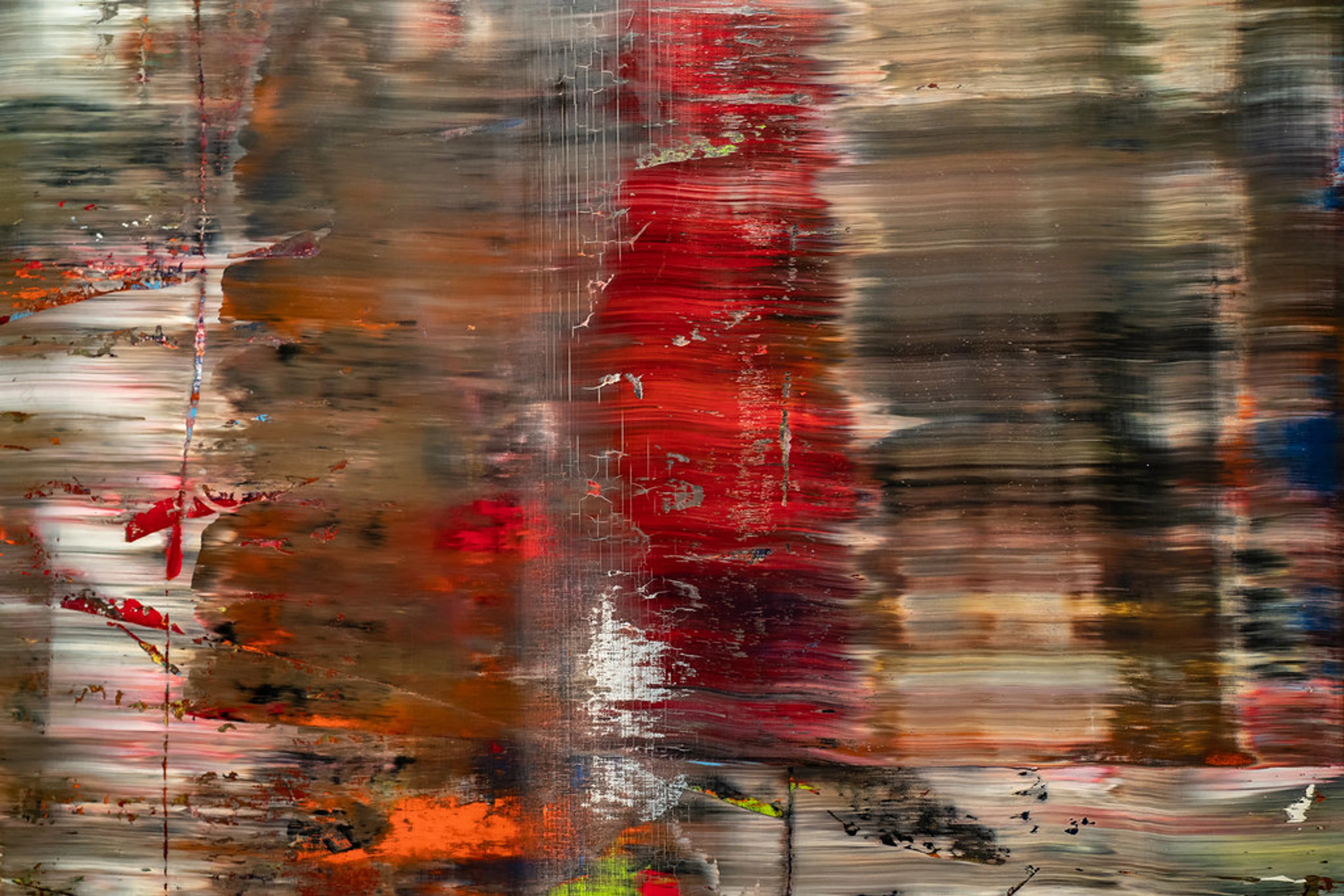
The Guggenheim NYC: An Artist's Essential Guide to Art & Architecture
Explore the iconic Guggenheim Museum through an artist's eyes. This guide covers Frank Lloyd Wright's design, modern masterpieces, practical tips, and personal insights for an inspiring NYC visit.
More than just a museum visit, it’s a journey into a living sculpture.
The Guggenheim NYC: Your Artist's Guide to Art, Architecture & First Visit
Okay, so the Guggenheim. Just the name probably conjures images of that iconic, swirling concrete structure, right? My very first visit felt a bit like stepping into a giant, minimalist conch shell, and honestly, I was a little overwhelmed. It's not your typical museum, and that's precisely why I love it. But for a first-timer, its unconventional layout and sheer scale can be genuinely disorienting. This isn't just a place to see art; it's an experience that recalibrates how you interact with space and display. It literally makes you see art differently by changing your physical relationship to it. This guide is my personal map, designed to help you, the first-time visitor, decode its architectural marvels and artistic treasures, ensuring you leave inspired, not just impressed. More than that, this is a fellow artist’s perspective on how the Guggenheim can ignite your own creative spark. We’ll explore Frank Lloyd Wright's groundbreaking design, dive into the museum's world-class collection, and cover all the practical tips you need for a seamless and inspiring journey.
The Building is the First Masterpiece (Yes, Even Before the Canvases!)
Before you even think about the art inside, you have to appreciate the art that is the building. Frank Lloyd Wright was a genius, no two ways about it. He designed the Guggenheim not as a passive container for art, but as an active participant in the experience, a philosophy deeply rooted in his concept of organic architecture. Imagine a building that doesn't just sit on the landscape, but grows out of it, blending seamlessly with its surroundings and guiding you through its spaces as naturally as a winding path. That's the essence here. You see this same reverence for integrating human-made structures with nature in his Fallingwater house, where the waterfall runs right through the living space. Wright envisioned a seamless, flowing experience, where the building itself guides you, much like a natural landscape. That smooth, continuous ramp, the way light filters in, the subtle curvature of the walls – it’s all part of the show, pulling you into a unique dialogue with the artworks. The very experience of moving through it, the way your body responds to the incline and the open void, is part of the art itself, a deliberate sensory journey.
This radical design perfectly encapsulated the vision of its founder, Solomon R. Guggenheim, a collector dedicated to non-objective art. For him, art wasn't about recognizable subjects; it was about color, form, and composition as its primary language – a truly revolutionary concept that challenged centuries of representational art. To put it simply, non-objective art doesn't depict anything from the real world – no trees, no people, no landscapes. Instead, it uses pure visual elements like lines, shapes, and colors to evoke emotions, ideas, or spiritual feelings. Think of it as a visual symphony, where colors and shapes harmonize without needing to depict a specific scene. Wright’s equally radical design, with its flowing, immersive spaces, became a perfect, albeit sometimes controversial, vessel for this forward-thinking spirit. Critics, for instance, often grumbled about the curved walls making it difficult to hang traditional rectangular canvases, fearing that the gentle incline and concave surfaces would distort perception or make framing a nightmare. Yet, the museum's enduring impact speaks for itself, proving that the challenge itself became part of the art. Curators, far from being defeated, have often embraced this challenge, displaying works in innovative ways – sometimes hanging them freely, using custom mounts, or even commissioning pieces specifically designed to interact with the unique architecture.
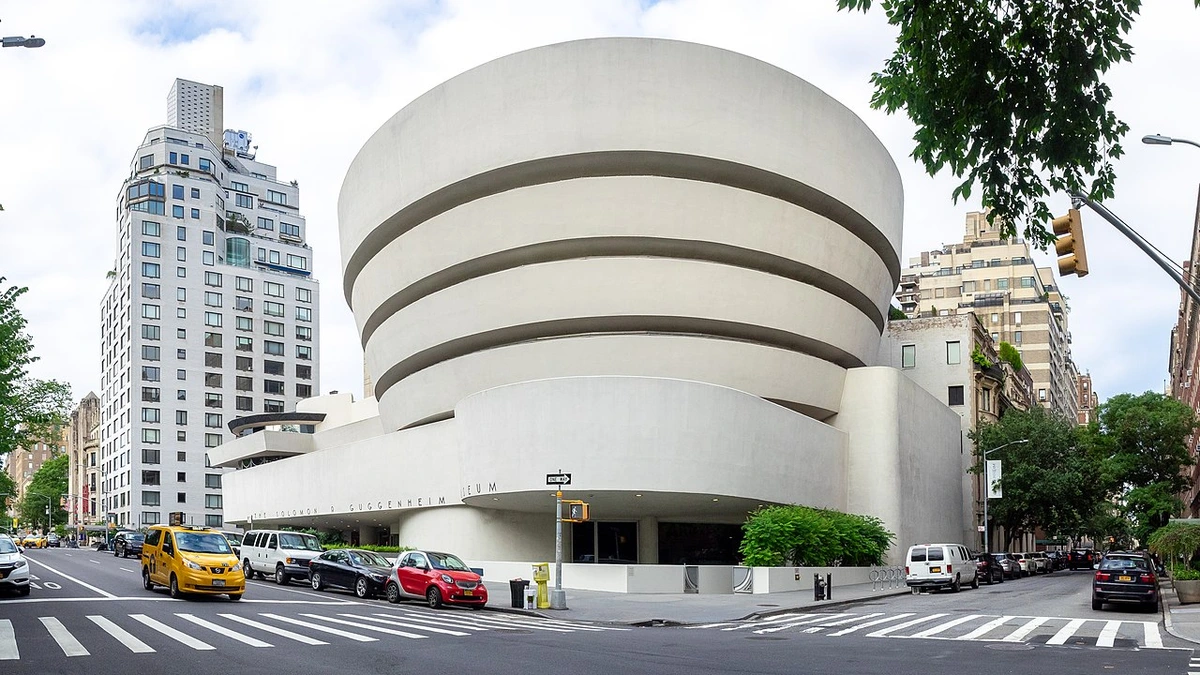
I remember just standing outside for ages, trying to wrap my head around its audacity. It’s a bold statement on Fifth Avenue, a welcome (or perhaps jarring, depending on your taste!) contrast to its more traditional neighbors. The way it spirals upwards, almost like a massive uncoiling spring – it’s captivating. It’s also probably why I spent a good twenty minutes trying to get the perfect photo angle, much to the amusement of my travel companion. Another time, I distinctly recall watching a couple argue good-naturedly about whether it looked more like a washing machine or a giant snail shell – the building certainly sparks conversation! But the building is only half the story; let's step inside and discover the art that calls this architectural marvel home.
Before You Go: Practical Prep for a Smooth Sail
Now that we've soaked in the exterior's genius, let's shift our focus to practical preparations for your actual visit, ensuring it's as smooth and enjoyable as possible. Look, I'm usually a 'wing it' kind of person, but some things really do benefit from a little foresight. Don't be like me and learn the hard way!
- Comfy Shoes are Your Friend: Seriously, put those stylish-but-killer shoes away. You’ll be doing a lot of walking, both up and down the spiral, and exploring those smaller galleries. Fashion over function is a choice, but a painful one here. Your feet will thank you, trust me.
- Tickets, Please!: Book your tickets online and in advance. Seriously. The queues can be brutal, and who wants to spend their precious New York minutes waiting in line? I've seen lines snake around the block, and trust me, that's not the vibe you want for an art day. Booking ahead not only saves time but often guarantees entry during peak seasons.
- Timing is Everything: Weekdays, ideally mornings right after opening, are your best bet for avoiding peak crowds. I once went on a Saturday afternoon and spent more time shuffling than observing. Learn from my mistakes! Give yourself a solid 2-3 hours, maybe more if you're a lingerer or if there’s a special exhibition you’re keen on. Remember, major temporary exhibitions can significantly increase your visit time, so check the schedule beforehand.
- Fuel Up (or Wind Down) at the Museum Cafe: All that walking and contemplating is hard work! The museum has a nice little café on the ground floor, The Wright, which offers coffee, pastries, and light lunch options. It’s the perfect spot to grab a coffee and a moment to reflect, or refuel before continuing your artistic journey. They also have a more upscale restaurant, Cafe Rebay, offering a seasonal menu, for those looking for a more substantial meal.
Navigating the Great Spiral: My Ascending/Descending Dilemma
The Guggenheim's main rotunda presents a unique challenge and opportunity: how do you navigate its iconic spiral? There are essentially two schools of thought, each offering a distinct way to experience the architecture and the art. It's not just a path; it's part of the experience itself.
The Classic Descent: Letting Gravity Guide You
Most people, myself included, recommend taking the elevator straight to the top and walking your way down the gentle, continuous ramp. It just feels right, a natural descent through the art, with the masterpieces unfolding before you. This is the classic Guggenheim experience, allowing gravity to gently pull you through the collection.
My Alternative Ascent (A Confession)
But here’s my confession: sometimes, I like to walk up it first, just to feel the subtle incline, to see how the art changes perspective as you ascend. It’s a workout, sure, but it gives you a different sense of the space, a slight push against the natural flow that highlights the building's clever engineering and the physical demand it places on the viewer. Then, I take the elevator down and do the 'proper' descent. Call me crazy, but it works for me!
As you descend (or ascend, if you're like me!), remember, the building is part of the art. It's not just a container; it's an active participant, and the art isn't confined to the walls; it's woven into the very experience of moving through this unique space. Pace yourself. This isn’t a race. Find a bench, sit, and just absorb the atmosphere, the light, the hum of other visitors. Sometimes, just being in the space is as valuable as seeing any single piece. Look everywhere. Don't just focus on the art at eye level. Look up, down, across. Curators here often arrange works to interact with the architecture itself. This creates a palpable dialogue between building and canvas. For example, a minimalist sculpture might echo the clean lines of the ramp, or a vibrant abstract piece might draw the eye upwards towards the iconic skylight, enhancing its perceived motion and encouraging a complete spatial awareness.
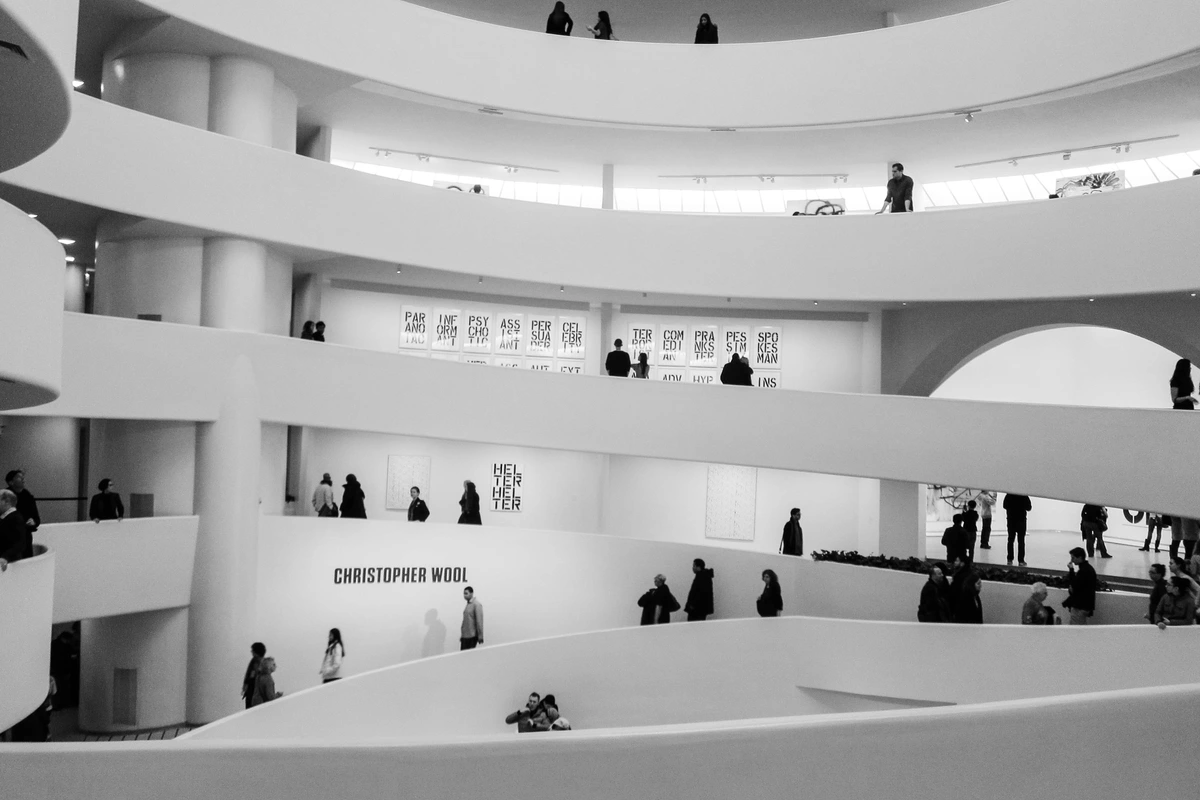
This dynamic interaction between art and architecture is a hallmark of the Guggenheim experience, pushing you to consider space, form, and perspective in new ways. It’s a powerful lesson in how environment shapes perception.
Beyond the Main Event: Don't Miss the Annex Galleries and Temporary Exhibitions!
But what if I told you there's more to the Guggenheim than just that famous spiral? This is where a lot of first-timers make a mistake. The main spiral is mesmerizing, I get it. But tucked off the side, usually on the first few levels, are smaller, more traditional rectangular galleries. These annexes aren't just extra rooms; they're often where you'll find focused retrospectives on groundbreaking artists, intimate thematic exhibitions, or deeper dives into specific art movements, away from the grand scale of the rotunda. I once nearly missed a brilliant Abstract Art show because I was too fixated on the ramp. Don't be me! These shows demand a quieter, more concentrated experience, often offering fresh perspectives on art history or contemporary movements. For instance, you might discover a compelling solo exhibition of a lesser-known but influential abstract expressionist, or a thematic show exploring the role of color in 20th-century art. One time, I stumbled upon a fantastic exhibition on the evolution of early Cubism, which offered a completely different viewing experience than the grand, open rotunda. Always check the museum's website for the current schedule; these are frequently a highlight and a crucial complement to the main collection.
Now that we've explored these hidden gems, let's delve into the heart of the Guggenheim's permanent collection itself, where foundational modernism takes center stage.
The Art Within: A Journey Through Modern Masterpieces
Moving from the unique spaces of the annexes, let's talk about the incredible collection housed within. The Guggenheim's permanent collection leans heavily into Impressionist, Post-Impressionist, early Modern, and Contemporary art, with a strong emphasis on European modernism and its American counterparts. You'll find a particular focus on pieces that explore abstraction and the psychological impact of color and form, often spanning painting, sculpture, and works on paper. At the heart of the Guggenheim's vision lies its pioneering embrace of non-objective art, exemplified by the early works of Wassily Kandinsky. His vibrant abstract compositions from the early 20th century, which often explore color and form as expressions of inner spiritual necessity, perfectly embody the museum's initial dedication to a revolutionary artistic language. For Kandinsky, a splash of red wasn't just paint; it was a resonant chord, a deep emotional experience, aiming to speak directly to the soul without needing to represent physical reality. This dedication to abstract expression was precisely what Solomon Guggenheim championed, making Kandinsky a cornerstone of the museum's initial collection. These pieces have always deeply influenced my own use of color and form, inspiring my journey in how artists use color and the psychology of color in abstract art.
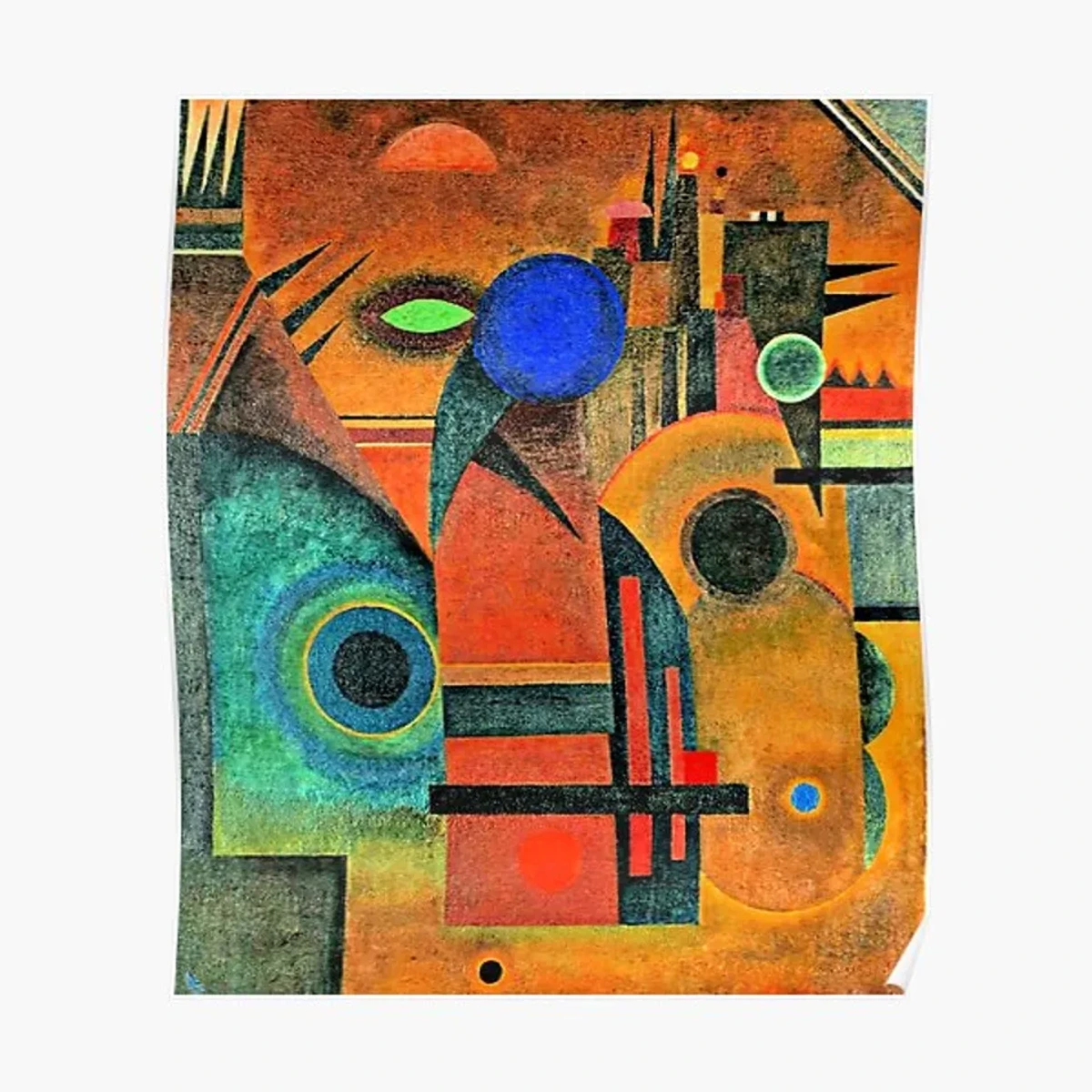
You'll also encounter pivotal shifts in art history, like the fragmented realities of early Cubism by Picasso – a master, by the way, who completely redefined how we see objects and space. His analytical approach to form, breaking subjects into geometric planes, was a direct challenge to traditional perspective, opening doors for abstraction.
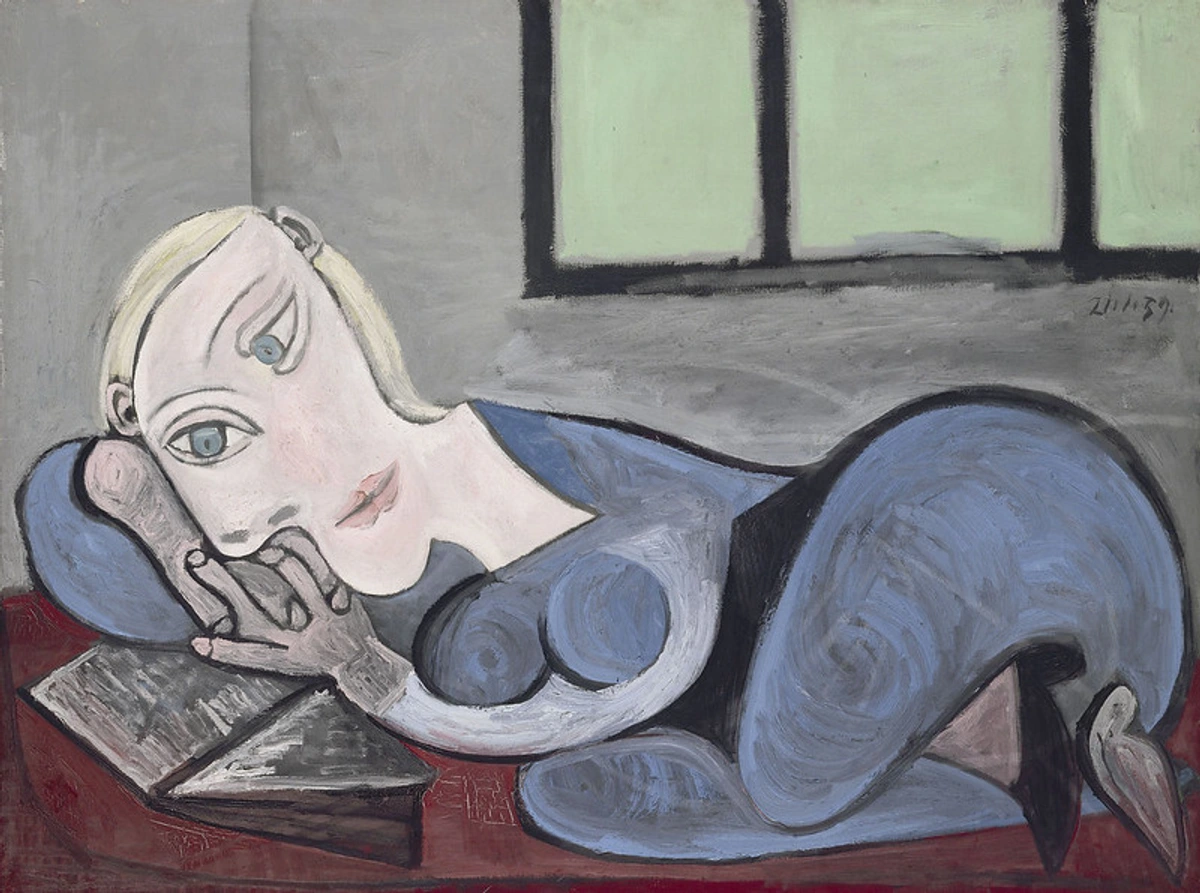
And then there's the dreamlike spontaneity of Surrealism in works by Joan Miró, whose playful abstractions challenge the logical mind and delve into the subconscious. His biomorphic forms and vibrant colors often feel like visual poetry.

Don't miss the bold, mechanical forms of Fernand Léger, whose work reflects the industrial age and human relationship with technology, pushing boundaries in a distinctively modern way by celebrating the machine aesthetic.
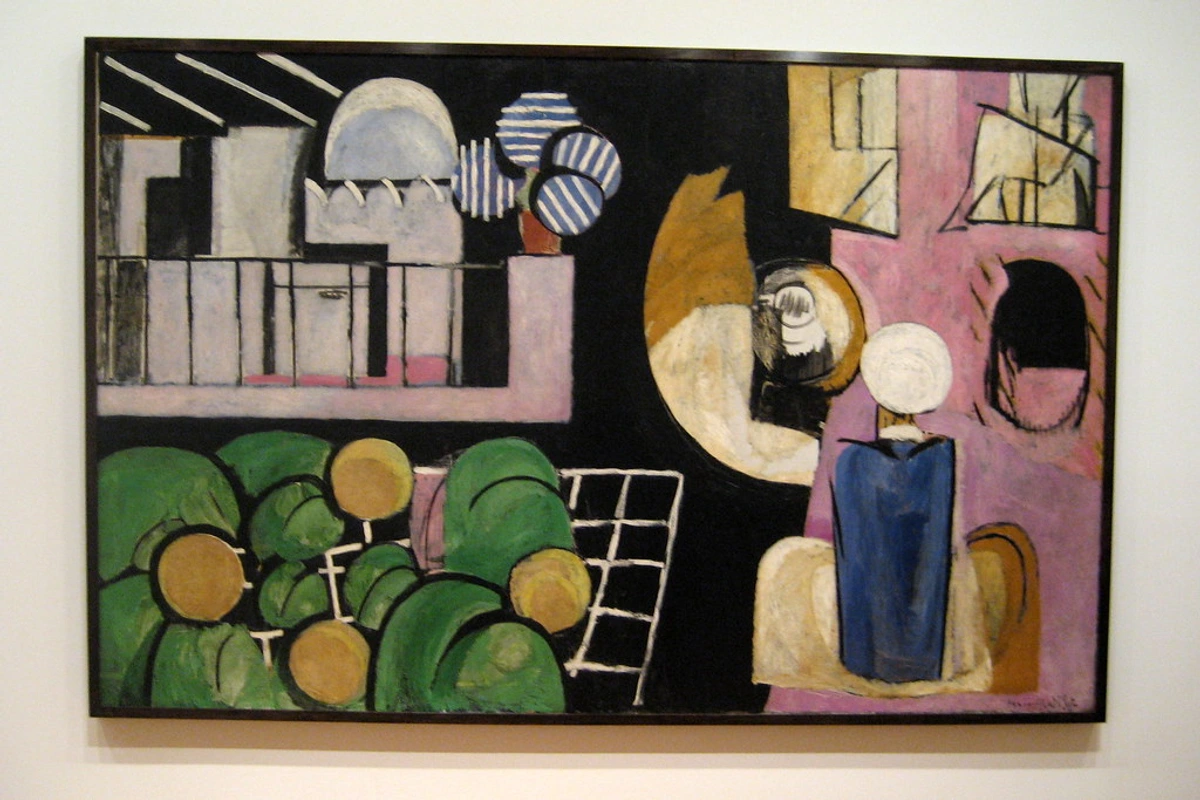
Beyond these foundational modernists, the collection extends to contemporary giants such as Gerhard Richter or Christopher Wool, whose explorations of abstraction and text often echo the innovative spirit of the museum itself. The Guggenheim also plays an active role in fostering contemporary art, frequently showcasing works by emerging artists and commissioning new pieces that continue to push the boundaries of visual expression – a clear continuation of Solomon Guggenheim's original daring vision.
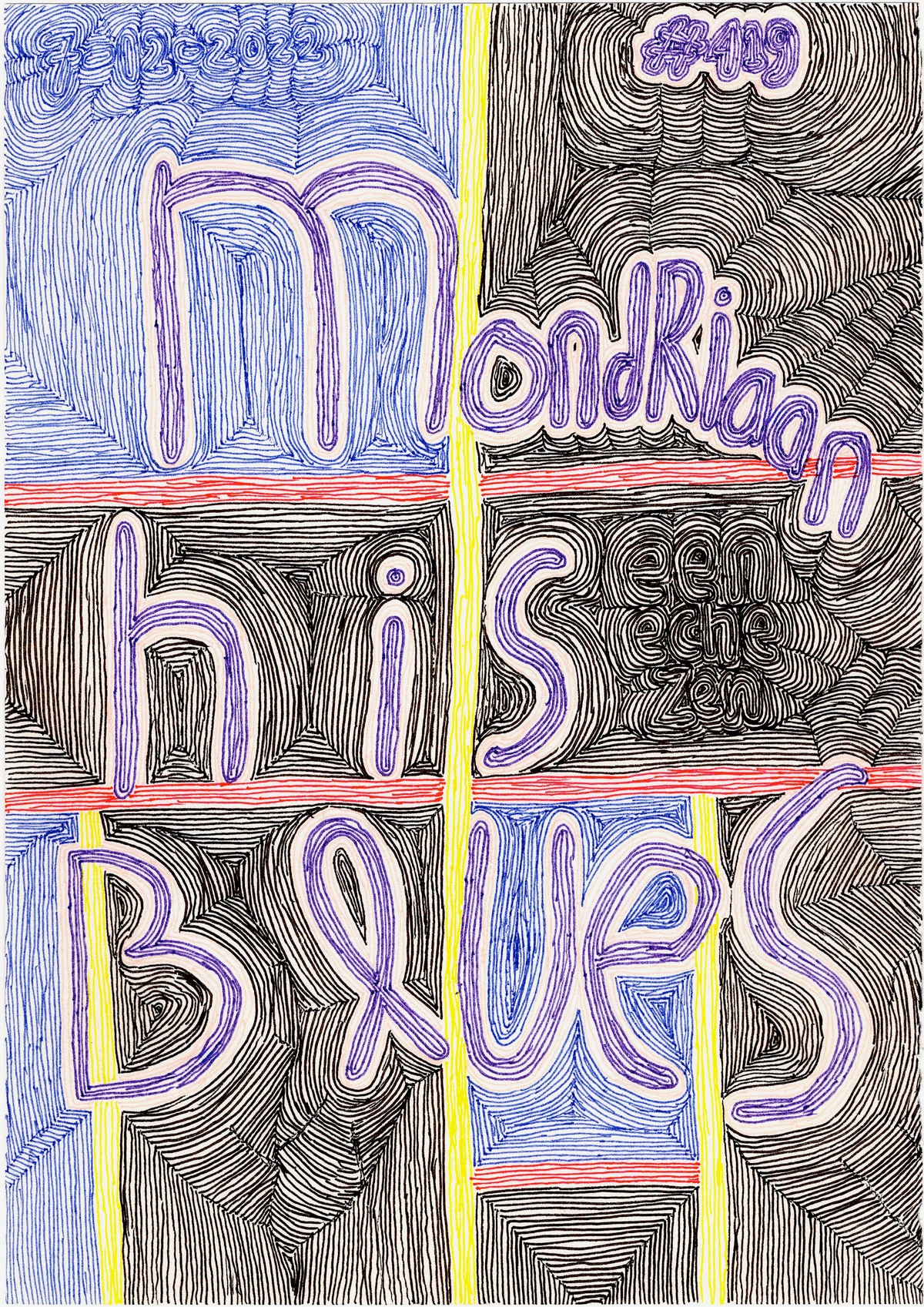
I always leave the Guggenheim feeling a renewed sense of possibility in my own work. The audacity of these artists, their pursuit of pure expression beyond literal representation, is just magic. Seeing how they tackled the challenge of pure expression, constantly pushing boundaries, resonates deeply with my own artistic journey, a path I've explored on my timeline. I remember seeing a particular Kandinsky piece once – a symphony of lines and colors – and it sparked an idea for a series I later developed, experimenting with geometric abstraction and vibrant hues, some of which you can find in my own collection here. It’s truly inspiring to witness the evolution of art, much like tracing a river back to its source.
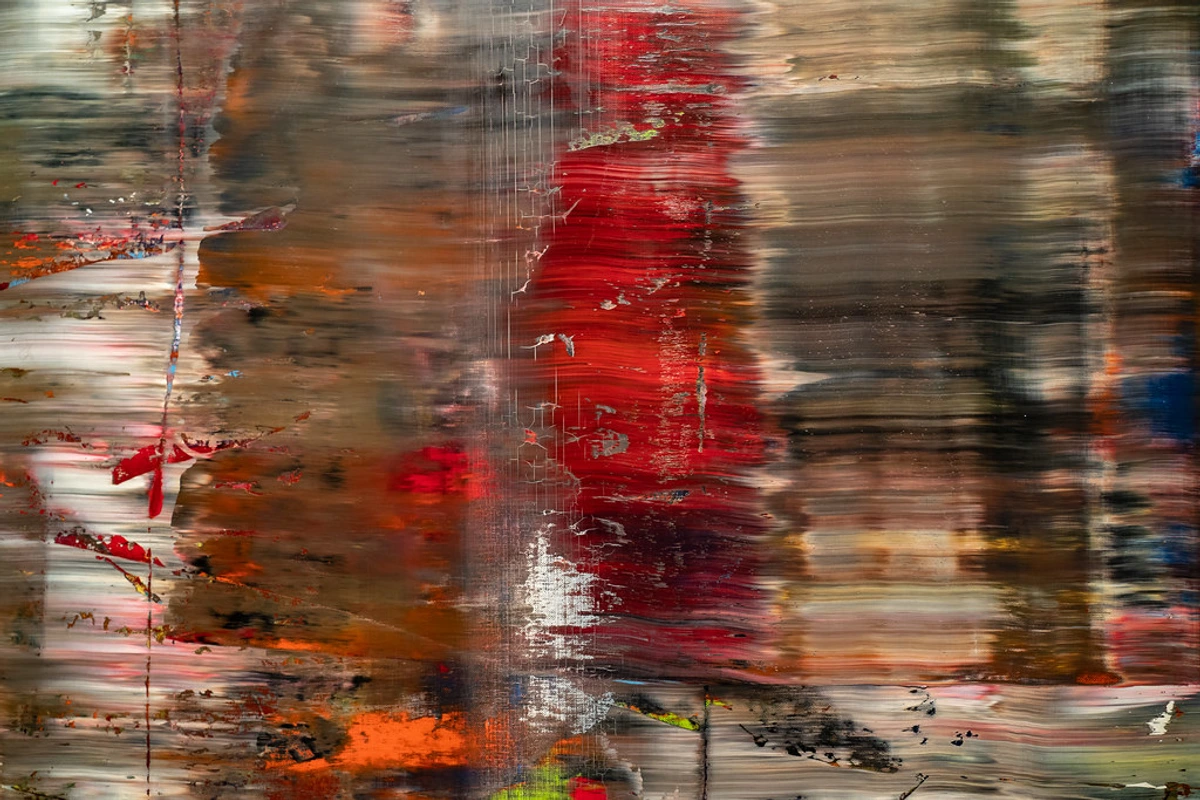
Extending Your Experience: Beyond the Museum's Walls
After all that art and architectural appreciation, it’s easy to feel a bit drained. But your Guggenheim adventure doesn't have to end at the exit. Here are a few more thoughts to make your visit truly unforgettable, extending beyond the museum's walls:
- The Gift Shop (Seriously, It's Good!): Usually, I roll my eyes at museum gift shops, but the Guggenheim’s is actually pretty good. Not just tourist tat. I once found a book there that totally changed my perspective on color theory, which, incidentally, is a huge part of the work I do. You can often find beautifully designed books on abstract art history, monographs of featured artists, or even unique art supplies that might spark your own creativity.
- Combine with Central Park: Nature's Palate Cleanser: The Guggenheim is right on the edge of Central Park. Make a day of it! A stroll through the park before or after your visit is the perfect palate cleanser – think of it as the organic flow of nature contrasting with the deliberate, man-made spiral of the museum, creating a fascinating visual and experiential dialogue. You can visit nearby spots like the beautiful Conservatory Water (perfect for model sailboats!), find a quiet bench at Bethesda Terrace, or simply wander the paths past the Strawberry Fields mosaic memorial. It’s a wonderfully calming contrast to the museum's intensity.
- Explore Museum Mile & Beyond: If you're planning a full-on museum marathon in NYC, the Museum of Modern Art (MoMA) is another absolute must-see, offering a very different, yet equally rich, experience. While the Guggenheim provides a unique, immersive journey through a specific trajectory of modernism, MoMA boasts a broader, more encyclopedic collection, including design, photography, and film, making it a powerful complement. Plus, the Guggenheim is part of Museum Mile, a magnificent stretch of Fifth Avenue that boasts several other world-class institutions. The Metropolitan Museum of Art (with its vast encyclopedic collection spanning 5,000 years of art from around the globe, offering a stark contrast to the Guggenheim's modern focus) and the Neue Galerie (focused specifically on German and Austrian art from the early 20th century, providing a deeper dive into a period that overlaps with the Guggenheim's early collections) are perfect for a cultural deep dive if you have the time!
- Engage with the Guggenheim's Mission: Beyond its exhibitions, the Guggenheim is deeply committed to public engagement and education. They offer a range of programs from lectures and film screenings to family workshops and school partnerships, continuously broadening access to modern and contemporary art. It's always worth checking their website for any upcoming events that might deepen your appreciation and connection to the museum's broader cultural impact.
Your Burning Questions Answered
Can I take photos inside the Guggenheim?
Generally, yes, for personal, non-commercial use, without flash. Flash photography is usually prohibited not only to protect sensitive artworks from potential damage but also to avoid disturbing other visitors and maintain the contemplative atmosphere. However, some special exhibitions might have specific restrictions, so always look for signage or ask a staff member if you're unsure. I usually try to grab a few architectural shots without bothering anyone.
Are there guided tours available?
Yes, the museum often offers free public tours led by knowledgeable docents, as well as audio guides. Check their website for the most up-to-date schedule. I've found these tours can offer fascinating insights you might otherwise miss, helping to unlock deeper meanings in the art and architecture.
Is the museum accessible for wheelchairs or strollers?
Absolutely. The continuous, gently sloping ramp is one of its most defining features, making it inherently very accessible. There are also elevators conveniently available to connect all levels, including the smaller tower galleries, for those who prefer or need them. They've really thought about it.
How long does it usually take to visit the Guggenheim?
For a first-timer who wants to appreciate both the architecture and a good portion of the collection, I'd say plan for 2 to 3 hours. If you're rushing, you could do it faster, but why would you? If you're really diving deep into every piece and every exhibition – especially a major temporary show – you could easily spend half a day or more.
What's the best time of year to visit the Guggenheim?
Honestly, any time is great, but shoulder seasons (spring and fall) offer pleasant weather for walking around Central Park afterward, and fewer crowds than the summer peak or holiday rush. If you can manage a weekday morning, that's usually your golden ticket to a more serene experience, regardless of the season.
Are there specific artworks I absolutely must see?
While the collection rotates and temporary exhibitions change frequently, the museum is renowned for its strong holdings of Wassily Kandinsky, particularly his pioneering abstract works, which are often a highlight. You'll also frequently find significant pieces by Impressionist and Post-Impressionist masters like Paul Cézanne, Edgar Degas, Édouard Manet, and Vincent van Gogh, alongside early Modernists such as Joan Miró and Pablo Picasso. But here's the thing: trying to tick off a 'must-see' list often detracts from the spontaneous joy of discovery in a place like the Guggenheim. Instead, I'd say: let the building guide you, and let an artwork find you. That unexpected connection is often the most memorable part of the visit.
Final Thoughts: Embrace the Whirlwind!
So, there you have it. My somewhat rambling, but hopefully helpful, guide to surviving (and thriving!) your first Guggenheim visit. Go, explore, and let that iconic spiral take you on a journey. It isn't just a place to see art; it's an experience in itself, one that challenges your perceptions of space and display. It’s a testament to audacious vision, both in art and architecture, a place that continues to inspire my own creative explorations in color and form. I hope your visit sparks something profound in you, whether it's a new appreciation for modern art or an idea for your next creative project. The Guggenheim, for me, is a constant reminder that art is not static; it's a living, breathing dialogue between creator, creation, and viewer. Share your own Guggenheim stories with me when you get back – I'd love to hear them! Enjoy the journey, and embrace the whirlwind!




